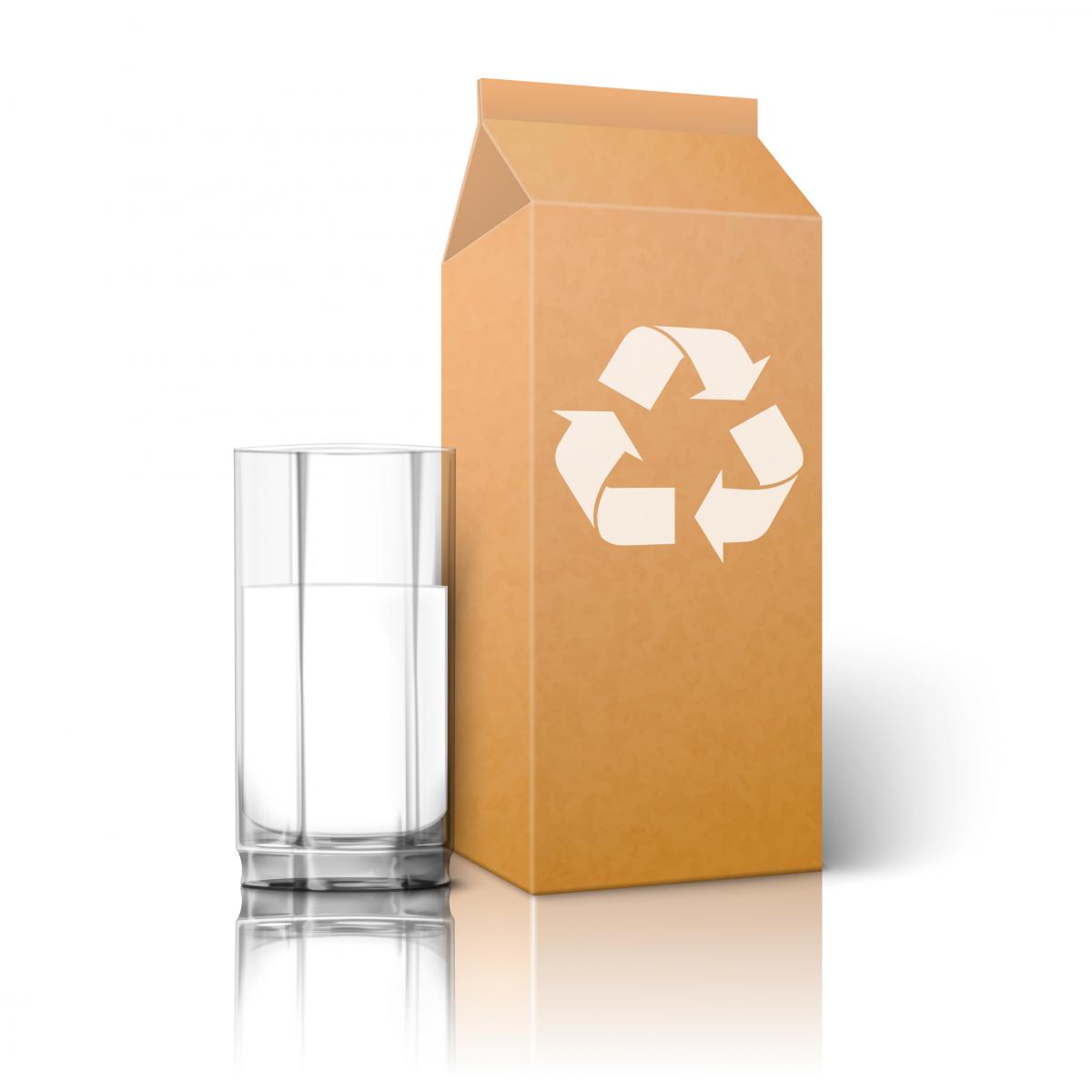The aseptic packaging market is set to expand at 9.9% CAGR between 2016 and 2024, to reach USD 80 billion, according Transparency Market Research (TMR) analysis. The growth comes from the rising demand for packaging techniques, capable of preserving the life and quality of food content, beverages and medicines, without preservatives. The market is also gaining momentum from the environmental safety of aseptic packaging products vis-a-vis conventional packaging made from glass and PET.
Aseptic packaging as the process by which a sterile (aseptic) product (typically food or pharmaceutical) is packaged in a sterile container in a way that maintains sterility. TMR said: “In the next few years, ready-to-eat and packaged foods are expected to be the most preferred category of food products for busy urban dwellers, especially in emerging economies. The trend will enhance the overall growth opportunities of the global aseptic packaging market.”
Aseptic packaging, though introduced in 1940s, gained momentum fairly quick as end-user needs caught up. It primarily includes paperboard, aluminum, polypropylene, calcium carbonate - by few manufacturers - borosilicate glass (for pharmaceutical packaging), and ethylene vinyl alcohol.The packages mainly consist of either six or seven layers of mentioned materials, arranged in an orderly fashion.

For consumers, aseptic packaging has many advantages, such as ensuring a long shelf life for products without preservatives, and without refrigeration. Brick shapes are easy to store, and packaging materials are recyclable. It also takes less energy to sterilise products in aseptic packaging.
Middle East poses immense potential
Mordor Intelligence suggests that the Middle East region is growing to be one of the central hubs for food logistics markets on the back of its overwhelming food imports, which in 2010 constituted 15.3% of its total merchandise imports. To sustain such numbers, aseptic packaging is much required. In 2016, the Middle East and Africa aseptic packaging market reached USD 5.68 billion, and is expected to hit USD 9.04 billion by the end of 2021, growing at a CAGR of 8.05%. The UAE and South Africa are identified as the largest in terms of revenue, followed by Turkey and the Kingdom of Saudi Arabia.
With the economy growing fairly decently and inflation constant, consumers in the region enjoy availability of funds to spend on products. Longer shelf life products are in demand from consumers and retailers alike. Environmental concerns and laws ensure that manufacturers use packaging items that can meet demands of long haul transportation and quality retention.
Pharmaceuticals, food, beverages, dairy and other sectors such as personal care create demand for aseptic packaging products. But TMR also highlights pharmaceutical and dairy product manufacturers as the primary end users by end of 2024, when the pharmaceutical aseptic packaging market will be an estimated USD 28,110 million worth in value whereas daily products will hold a value of USD 24,616 million. Medical consumables are fostering the demand in the pharma sector whereas low-shelf life products holding a propensity to environmental contamination, such as yogurt, milk and cheese, are holding the key to growth in this sector.
What works in its favour
Aseptic packaging offers a number of benefits for producers and consumers. For one it uses fewer raw materials and are lightweight as well as recyclable. Providing product sterility and longer shelf life fuel demand for aseptic packaging.
TMR points to studies showing that the manufacture of aseptic packaging and its disposal released low harmful emissions. Fewer fossil resources are used when producing aseptic packaging as compared to producing PET and glass products.
Increasing demand for longer product shelf life, growth of large corporations and their penetration in emerging markets as well as innovative packaging technologies are all major drivers for growth of the aseptic packaging segment.
Deterrents of aseptic packaging
Few of the other challenges faced by the aseptic packaging market include high research and development costs with high initial investment in setting up units.
There are some negative factors holding back further aseptic packaging growth. TMR says two of these are complex processes of manufacturing aseptic packaging and preference of consumers to products from renowned brands. TMR said: “Owing to the complex manufacturing process and capital-intensive setup of manufacturing units, not many companies have ventured into the market, leading to a dearth of product varieties.”
Add to that, growing government regulations regarding material recycling, rising raw material costs and high research expenses may pose a major challenge for this segment's growth in the years to come.
Sources:
https://www.transparencymarketresearch.com/aseptic-packaging-market.html
New Arrivals













